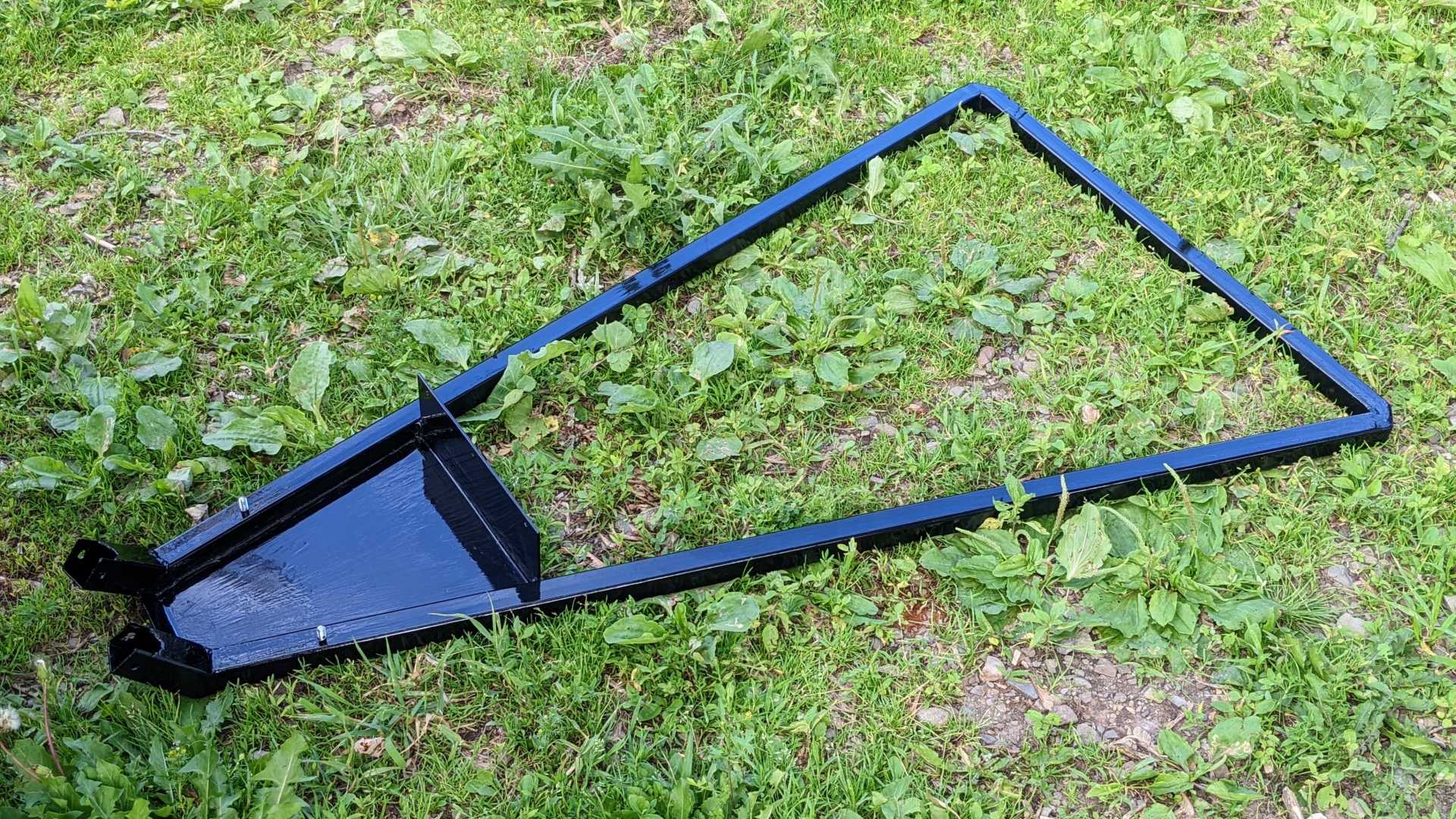This spring we bought a secondhand ATV to replace our old, beat-to-death machine. We’ve found that a four wheeler, properly set up, makes a tremendous difference in our efficiency for all sorts of daily tasks related to rotational grazing for our herd of grass fed cattle. Here’s a video I produced highlighting the special modifications we built into our machine.
The fence crossing guard is the most unique feature. While I’m not the inventor of the idea, I’m the only farm in our area to use one. I believe the idea became widespread first in New Zealand in the 1990s, but US farmers and ranchers have been slower to adopt them. I’ve had fence crossers for nine years, and I like them so much that it was the first thing I built for this new machine. My earlier creations were built out of light duty EMT conduit, but now I use heavier steel tubing for durability.

This particular Kawasaki ATV has a smooth undercarriage, and consequently I didn’t need to protect the wire from snagging anywhere under the belly. Other ATVs have protrusions that might catch a wire, so each vehicle needs to studied to determine if modifications are needed to create a clear pathway for the fence to slip by. On our older Polaris ATV I ran a tube along the entire length of the ATV’s undercarriage because there were several bolts that poked below the bottom plane.
I’ve found that I can cross high tensile fences with posts fifty feet apart, but seventy five foot spacing is preferred. I can cross single- or multi-wire fences with equal ease. The setup also safely negotiates polywire fences rigged on step-in posts. Because of their more rigid structure, these fence crossers won’t work with barbed wire or woven wire fences.
Having the right equipment makes all the difference. Daily pasture moves can be daunting if our systems aren’t set up to smoothly transition livestock from one field to another, so we’ve come to appreciate a well-stocked, properly equipped ATV on the farm. Rotational grazing still requires planning and effort, but it is manageable. And we love to see the results reflected in the fields and in the health of our cattle.
